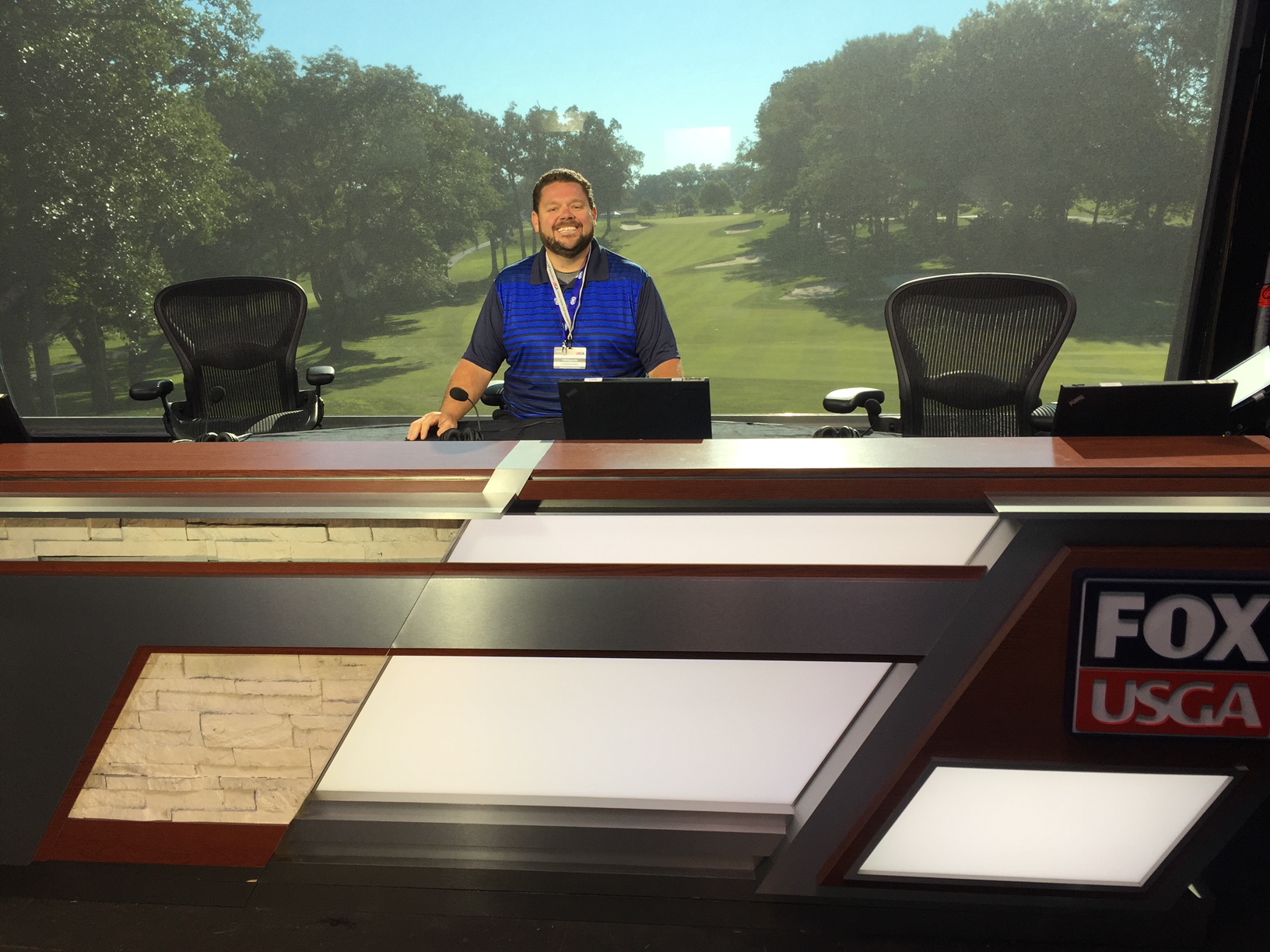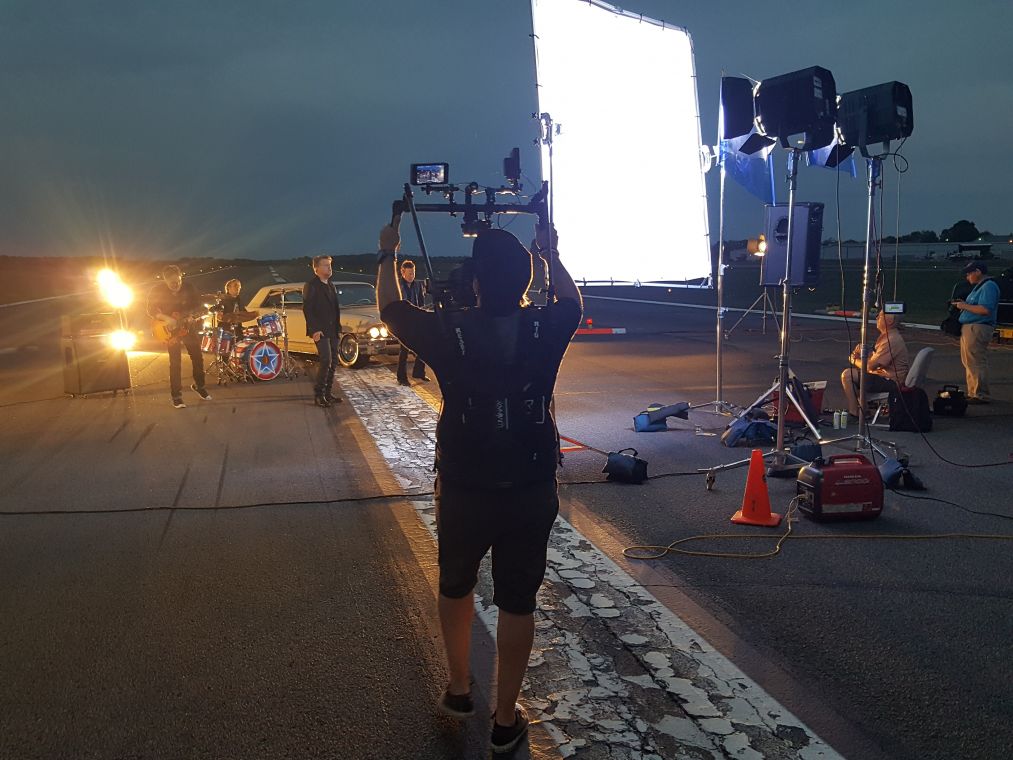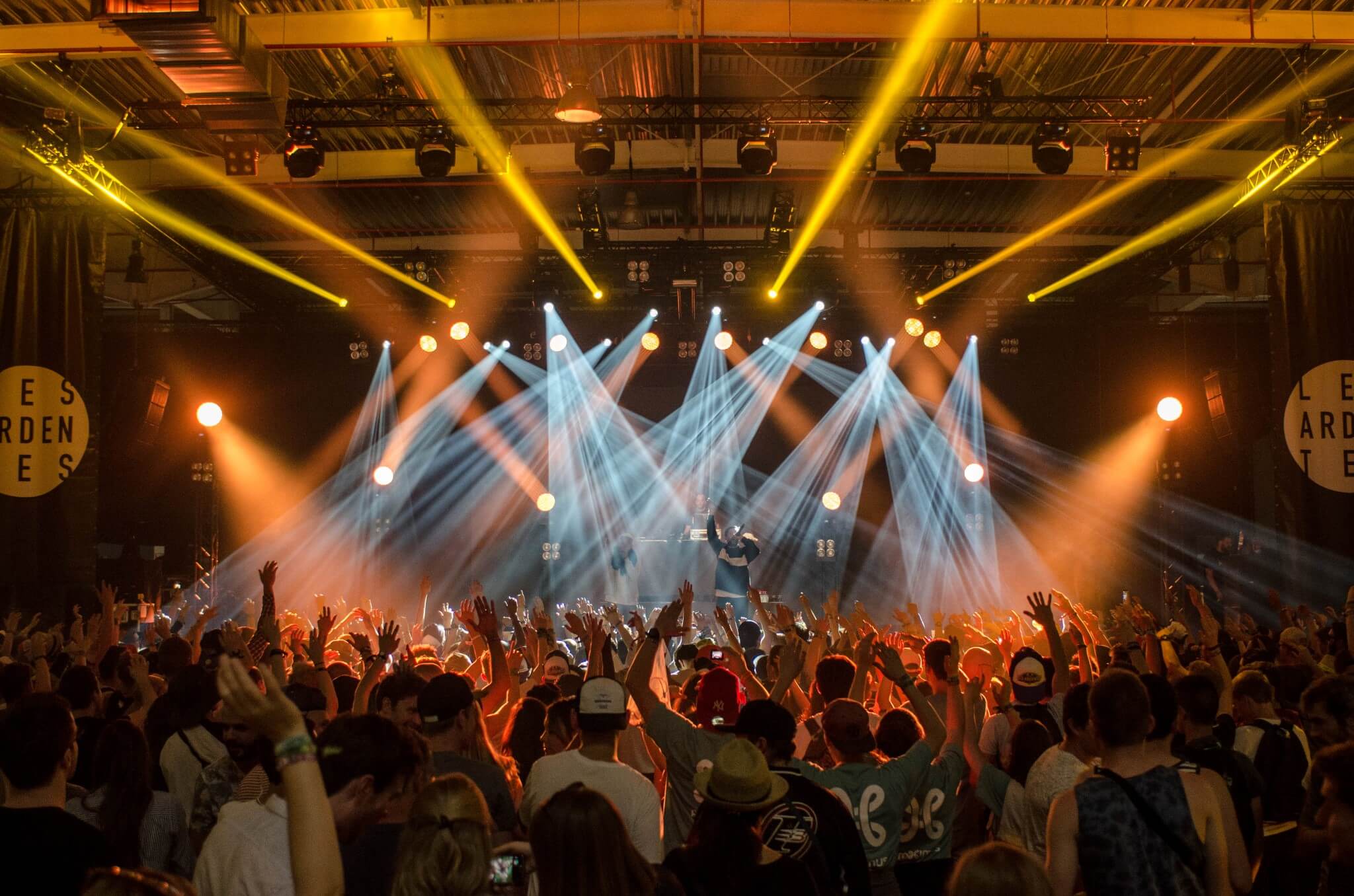People watch programs for story lines and to see their favorite celebrities, but the lighting of that environment is a primary element in all studio broadcasts. Without the proper lighting, the subjects appear too dark or washed out. Improper lighting can change the color spectrum that’s captured by the cameras.
The lighting needs of broadcasts vary widely. Some companies utilize traditional fluorescent light bulbs, while others have opted to use LEDs. There are multiple facets to consider before making any changes. It doesn’t matter whether individuals are working in a broadcast studio or still photographers taking wedding photos, making an informed decision is essential.
Heat
Illumination isn’t the only thing that lights emit. Depending on the number of bulbs, the heat can be intense. Those working under the fluorescent lights can be extremely uncomfortable. Subjects sweat and makeup is ruined. Approximately 90 percent of the energy used by fluorescent lights produces heat. The other 10 percent produces illumination. Fluorescent lights are hot when in operation. LEDs remain cool to the touch through heat dissipation management and fewer lights are required to light the same area.
Eco-Friendly
Fluorescent lights contain toxic chemicals, such as mercury. They’re typically thrown in the trash when they’re no longer operational and that poses a hazard to the environment. LEDs don’t contain those elements and are 100 percent recyclable. An LED has a longer life span than a fluorescent and provides savings of approximately 25 percent through the use of less material and production costs.
Durability and Versatility
LED lights are stable and able to withstand vibrations, shocks and impacts. They perform in wind, rain and snow. Fluorescents can easily be damaged when bumped and are limited to indoor usage. LED lights can be used even in low voltage situations to produce the requisite amount of illumination, thereby preventing broadcast interruptions.
Informed Decisions
Studio work is comprised of closer range shots whether it’s in a photographic or broadcast studio. Making informed decisions about the type of illumination is essential. Companies must weigh the pros and cons of cost, heat management, and the impact on the environment.
Frank Gatto & Associates, Inc. are specialists in lighting for television events of all kinds. If you have an event that needs expert lighting, please call us today to see how we can help.
Phone: 561-368-0101
Email: frank@frankgattolighting.com
We can be found on Social Media at the following links.



